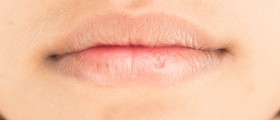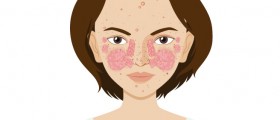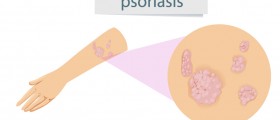
Lupus patients have to face a long term illness and are due to take prescribed medications for the rest of their lives. The disease itself is blamed for damage to many different organs and organ systems. Apart from that prescribed drugs (especially corticosteroids) used on a regular basis have many side effects. So, the disease may cause direct damage to certain tissues or damage occurs due to side effect of prescribed drugs.
Lupus and Eye Problems
It is estimated that certain number of patients suffering from lupus also develop Sjögren's syndrome. This is also an autoimmune disease characterized by insufficient production of fluids by glands distributed throughout the body. As a result, the affected organs are not lubricated enough. In the majority of cases Sjögren's syndrome is blamed for dry eyes and dry mouth. These problems are, however, in lupus patients not so severe and can be easily dealt with certain medications (artificial tears for instance).
Furthermore, lupus patients are also prone to conjunctivitis. There is also increased risk for recurrent corneal erosions, loss of epithelial tissue and inflammation. In rare cases such patients develop iritis and scleritis.
Finally, posterior segment diseases of the eye like inflammation of the choroid and the retina may affect lupus patients and sometimes even cause loss of vision.Lupus Treatment and Eye Problems
Herpes zoster ophthalmicus is known to affect people who take corticosteroids and immunosuppressants more than individuals strong immune system. For that reason, lupus patients may suffer from frequent shingles which can cause damage to different portions of the eye.
Corticosteroids are very powerful medications that can easily subside inflammation occurring in any parts of the body. They represent a cornerstone of treatment in almost all lupus patients. However, these drugs have many side effects particularly if administered in higher doses and for a long period of time. This explains why people suffering from lupus are prone to cataract and glaucoma. These two eye conditions may develop as a side effects of corticosteroid treatment.
Since corticosteroids are that detrimental, initial treatment is generally based on high doses, while once the condition is brought under control doses are gradually reduced. Finally, the best thing is to administered drugs every two days. By doing so, the risk of side effects increases even more.
However, because damage to the eyes caused by corticosteroids cannot be prevented because these patients take medications for a long period of time, they must undergo regular eye exams and be timely diagnosed and treated.

















Your thoughts on this
Loading...